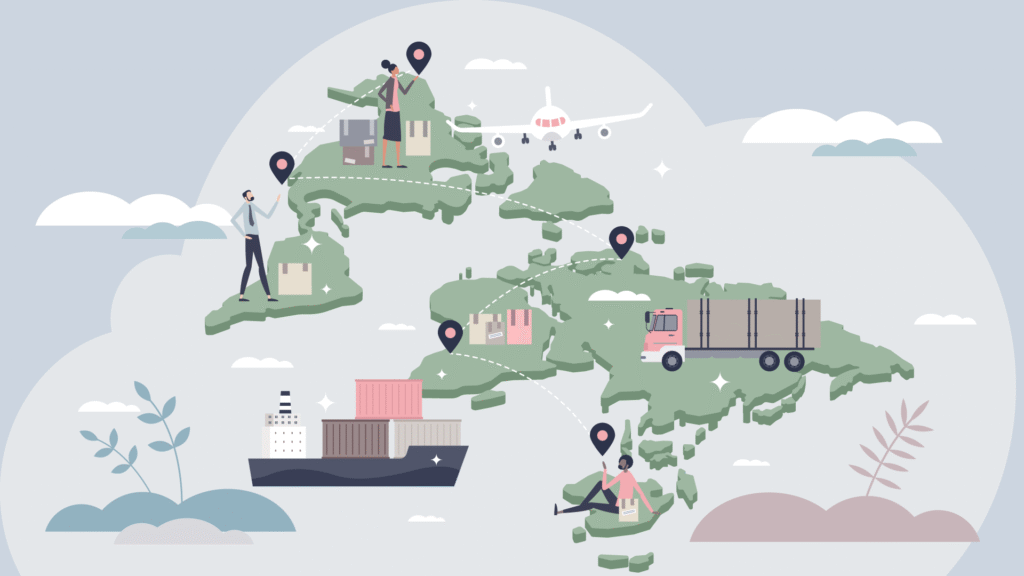Country risks

Country risks help public buyers assess the need for the contract clause and suppliers to identify risk suppliers. Other circumstances also need to be taken into account.
Compilation of indexes
Our country risks are a compilation of the Worldwide Governance Indicators, the Global Rights Index*, the Environmental Performance Index and the Corruption Perception Index. There are many indexes to choose from, and we have selected these four because they cover the commitments to human rights, workers’ rights, the environment, and business ethics. All are given equal weight.
Many suppliers to the Swedish public sector use amfori BSCI’s Countries Risk Classification, which corresponds to the Worldwide Governance Indicators.
There is no requirement to use the country risks below. They should be seen as support for those of you who do not have access to aggregated country risks. A low score means that the risks are high.
Assessing the need for the clause
In connection with procurement, buyers need to carry out a so-called necessity assessment. The assessment should have a holistic perspective and be based on information about risks of unfair working conditions in the supply chain. It is therefore not enough to look at where final manufacturing takes place. Products manufactured in Northern Europe often require components or raw materials from countries with higher risks.
To facilitate the necessity assessment, we have developed a template:
Identifying risk suppliers (prioritised purchasing categories)
Several of the process requirements in the contract clause are based on the concept of risk suppliers. Therefore, suppliers must first identify risk suppliers in order to meet the requirements.
In the guidance to the contract clause, risk suppliers are defined as follows:
“Risk suppliers are first tier suppliers prioritised for further assessment on the basis of their supply chains’ risk profiles and not on the strength of their relationship with the supplier. The categorization shall be based on the entire supply chain’s operating context (e.g. presence of conflict or vulnerable groups, weak rule of law, high rates of corruption), the operations, products or services involved (e.g. high employment of informal work, use of hazardous chemicals, use of heavy machinery), or other relevant considerations.”
To facilitate the identification of risk suppliers, we have developed a template:
- Very low risk countries: total value 321-400
- Low-risk countries: total value 241-320
- Risk countries: total value 161-240
- High-risk countries: total value 81-160
- Very high risk countries: total value 0-80
The indexes are continuously updated. The latest update was made in February 2025.
The Global Rights Index scale is 1 to 5+ but is converted to 1 = 90, 2 = 70, 3 = 50, 4 = 30, 5 = 10 and 5+ = 5.